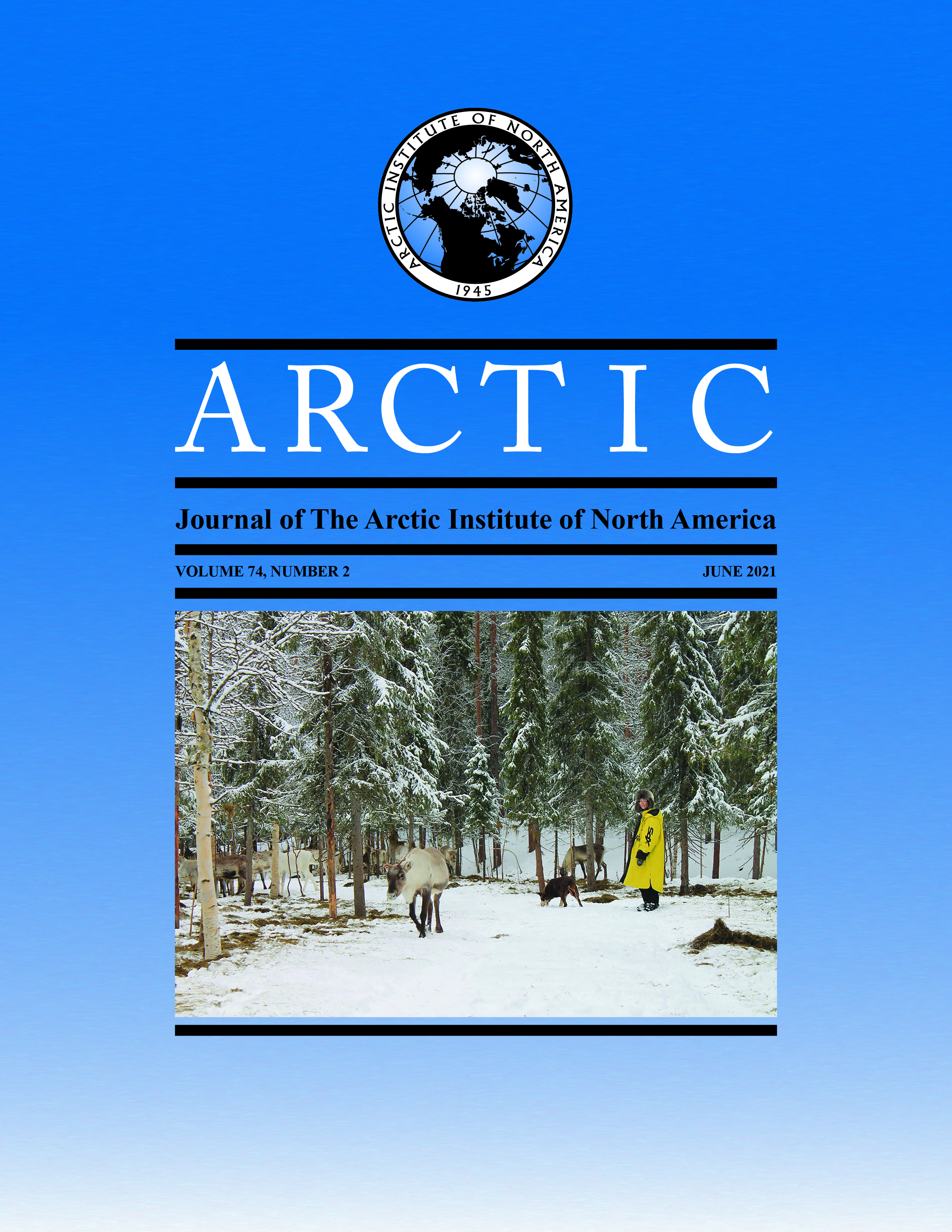Limnological Characteristics Reveal Metal Pollution Legacy in Lakes near Canada’s Northernmost Mine, Little Cornwallis Island, Nunavut
DOI:
https://doi.org/10.14430/arctic72515Ключевые слова:
Polaris Mine; lead-zinc mining; water chemistry; base metal mines; legacy contaminantsАннотация
We compared modern limnological characteristics of three lakes near the world’s northernmost base metal (lead-zinc) mine, Polaris Mine, which operated from 1981 to 2002 on Little Cornwallis Island (Nunavut, Canada), to a suite of sites from Resolute Bay (Qausuittuq), Cornwallis Island. Although both study regions are underlain by broadly similar geology and experience nearly identical climatic conditions, present-day water chemistry variables differed markedly between sites on the two islands. Specifically, the lakes near the Polaris Mine recorded substantially higher concentrations of zinc and lead, as well as several other heavy metals (cadmium, molybdenum, nickel, uranium, vanadium), relative to the sites on Cornwallis Island. Although the Polaris Mine closed in 2002, elevated levels of heavy metals in our 2017 survey are likely a legacy of contamination from prior operations.
Скачивания
Загрузки
Опубликован
Выпуск
Раздел
Лицензия
Copyright (c) 2021 ARCTIC

Это произведение доступно по лицензии Creative Commons «Attribution» («Атрибуция») 4.0 Всемирная.


